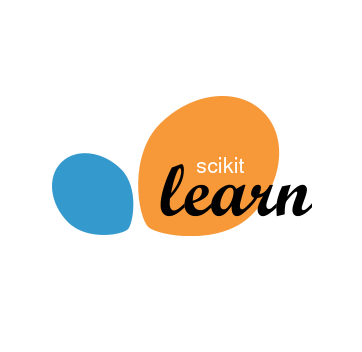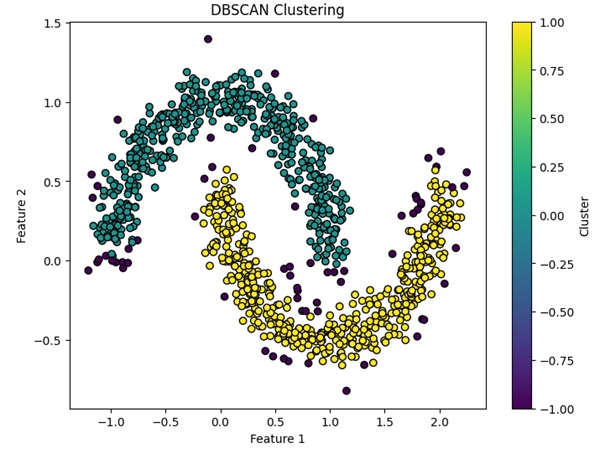
Machine Learning
“Educating machines will be as important as educating humans.”
Max Tegmark, Swedish physicist and cosmologist
Machine learning is a branch of artificial intelligence that deals with the development of algorithms and models that allow computers to learn from past data or experiences, progressively improving their performance on a given task or task without being explicitly programmed for it.
The learning typologies of Machine Learning

The close connection that has been established between Machine Learning and Python in recent years has ensured that this language has become its reference tool.

Scikit-learn
The library for machine learning in Python

Unsupervised Learning: Unveiling Hidden Patterns
Unsupervised learning is a category of machine learning algorithms in which the model is trained on unlabeled data, without having explicit information on the desired outcome. The goal is for the model to find structures or patterns in the data on its own without being driven by desired outputs.
unsupervised LeARNING
Clustering
The main goal of clustering is to group similar data sets together, so that points within the same group are more similar to each other than those in different groups.
Unlike supervised learning, where the model is trained on a set of labeled data, in clustering the model tries to identify intrinsic patterns and structures in the data without the guidance of predefined labels
Scikit-learn provides functions that allow the generation of STUDY DATASET for clustering
SUPERVISED LEARNING
Supervised learning is an area of machine learning in which a model learns from training data provided with desired responses that are already known, so that the model can make accurate predictions on new data not yet seen. In other words, the model learns from the training data provided with the desired answers already known, and is then able to generalize and make predictions on new data..
CLASSIFICATION
ENSEMBLE LEARNING
Ensemble Learning: Unity is strength
Ensemble Learning is a technique in the field of Machine Learning where multiple learning models are combined together to improve the overall performance of the system. Rather than relying on a single model, Ensemble Learning uses multiple models to make predictions or classifications. This technique takes advantage of the diversity of models in the ensemble to reduce the risk of overfitting and improve the generalization of the results.

BAGGING
Sample, train, and aggregate multiple models
VOTING
Combine forecasts from multiple models
- VOTING



